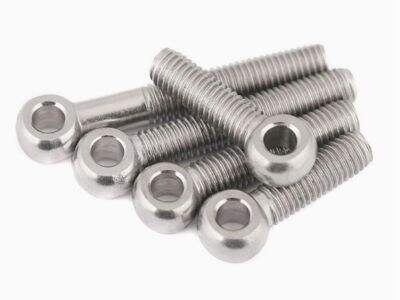Many industries use stainless steel because it is strong and useful. Stainless steel type — now, there's loads available, but we are going to keep it simple and hit two of the most popular grades 304 and 316. We will look at how well they resist rust and the best places to use them.
Stainless Steel Grades 304 & 316 — Corrosion Resistance
304 and 316 grades steel have good rust prevention. Grade 304 is common in situations where it will not be subjected to potent chemicals. It resists rust in mild conditions and performs well if it’s hot.
Grade 316 stainless steel has better rust resistance. It contains more molybdenum helping it withstand harsh conditions. That's the reason why grade 316 is commonly used near the ocean and in high chemical environments.
304 and 316 Stainless Steel: Real-World Applications
So to see how grades 304 and 316 stainless steel resist rust, let's take a sales look. If this is in a coastal area with saltwater, then the best choice is grade 316 as it is more resistant to rust.
If you work in a lab where strong chemicals are used, grade 316 is also the better option. This makes it well suited for these types of environments, with excellent rust resistance.
304 vs 316 Stainless Steel: The Pros and Cons
There are a few factors to consider when choosing between grades 304 and 316 stainless steel for your application. The biggest parameter is the application for which the stainless steel is intended. For superior rust resistance, use grade 316.
You should consider information like price, availability, and your project requirements as well. It does cost more than grade 304, but its superior rust resistance may make it worth it in some applications.
304 and 316 Stainless Steel Applications and New Technologies
automotive nut are widely used throughout many industries and are characterized as high strength and corrosion resistant. Grade 304 is common in automotive exhaust pipes and trim. Grade 316 is found on boats, in chemical plants, and in medical devices.
New technology has helped develop better mixtures and coatings that further resist rust than the original stainless steel. As a result, these have helped stainless steel appear as a good option for a variety of applications.
Conclusion
stainless steel nut are both excellent choices for crafts needing strength and rust-resistance. Grade 304 is suitable in most locations that are not considered extremely aggressive, and grade 316 is constructed for environments with excessive rust resistance requirements. Taking a moment to consider the requirements of your project will enable you to pick the correct grade of stainless steel.

 EN
EN







































